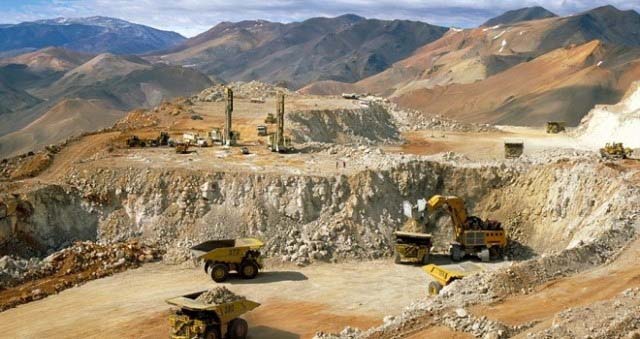One of the leading global players in the buying and selling of precious metals and refining service providers, the Canadian firm KITCO Metals Inc. is positing in a December 2018 sector assessment that global gold production is expected to realise a reassuring stability, citing one analytical firm as forecasting a production fall of half a percentage point and another envisaging a production rise of less than that.
The Gold Fields Minerals Services team at REFINITEV, a highly credentialled global provider of financial markets data is forecasting that gold production will reduce marginally from an estimated 3,281.7 tonnes in 2018 to 3,265.5 tonnes this year, a contraction of around half a percentage point. Conversely, the sector consultancy Metals Focus sees global gold mine production inching by 0.2% in 2019 to a new record of 107.6 million ounces.
While GFMS focuses its assessment attentions on gold production in Africa, Australia-Oceania and Europe the KITCO assessment tags Asia, South America and North America as areas in which gold production will see a marginal decline. Such production decline as is likely to occur, the KITCO evaluation says, is likely to derive from instances of ‘lower grades” though adjustments in production levels is not likely to result in major mine closures.
The Guyana Gold Board, earlier this week declared a projected gold production figure of 651,000 ounces for this year, an increase on the declared production of 613,073 ounces for 2018. The KITCO report states, however that production in some of the major gold producing countries in South America could be affected by what it describes as “political uncertainty and unrest” and “court challenges, “tagging Argentina and Chile as being particularly vulnerable. Contexually, it sites an October 2018 order by Chile’s environmental court requiring the Barrick Gold Corp., the largest gold mining company in the world with interests in Chile and elsewhere in South America to close the Chilean portion of the environmentally controversial Pascua-Lama project, an open pit mining project of gold, silver, copper and other minerals located in the Andes mountains, straddling the border between Chile and Argentina.
South America, according to the KITCO assessment, is likely to be the region with “the biggest change in output” this year, with a likely production decline of 2.6%, much of which is likely to derive from lower grade ore in Chile and Bolivia, resulting from mine depletion.
One of the likely biggest contributors to any increase in gold production this year could be the Amulsar Project in Armenia which, the KITCO assessment says “is expected to add several additional tonnes to global output in 2019.” Amulsar, another environmentally controversial gold mining project, is currently one of the largest gold mining operations in Asia.
While the KITCO assessment suggests that gold production in North America is likely to slip on account of lower production in Mexico and the United States it states that this will partly be offset by “the opening of new gold mines in Canada.”
Notable additions to mine supply this year are likely the materialize in Australia, South Africa and Russia.





